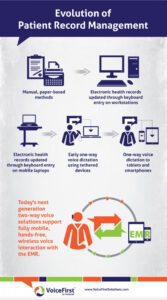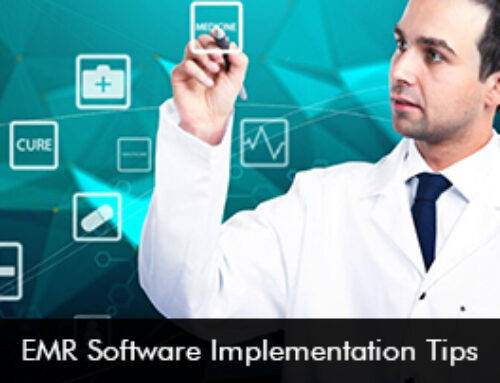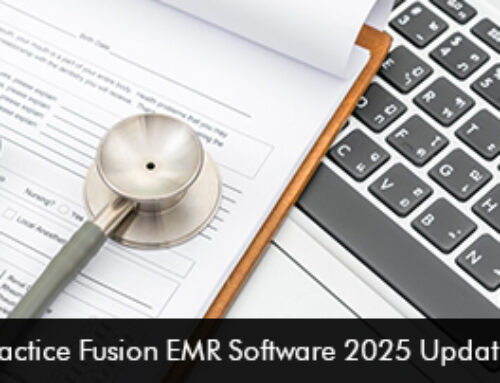The evolution of EMR is truly inspiring. It has come a long way since its inception, transforming the way healthcare providers store, manage, and access patient information. Let’s take a closer look at the evolution of EMR, from its humble beginnings to the present state, and explore its promising future.
The Past – Early Adoption and Digitization
The concept of electronic medical records can be traced back to the 1960s when healthcare organizations started exploring the idea of computerized patient records. Early attempts involved the use of basic computer systems and rudimentary data storage methods.
In the 1990s, advancements in technology and the rise of the internet paved the way for more significant strides in EMR adoption. Basic electronic systems began to replace paper-based records, allowing healthcare providers to store patient information digitally. However, interoperability and standardization challenges limited the widespread implementation of EMR systems.
The Present – Integration & Interoperability
Today, EMR systems have become an integral part of modern healthcare. Advances in technology, such as cloud computing, mobile devices, and improved connectivity, have revolutionized the way EMRs are accessed and utilized. Here are some key developments in the present state of EMR:
Integration
EMR systems now integrate with various healthcare technologies, such as medical devices, laboratory systems, and billing systems. This integration enables seamless data exchange, improving accuracy and efficiency in patient care.
Interoperability
Efforts are underway to establish interoperability standards, allowing different EMR systems to communicate and exchange information securely. Interoperability promotes care coordination, data sharing, and facilitates continuity of care across healthcare settings.
Enhanced Features
Modern EMR systems offer advanced features like decision support tools, e-prescribing, clinical documentation templates, and data analytics. These features streamline workflows, improve patient safety, and provide valuable insights for healthcare providers.
The Future – Advancements and Personalization
The future of EMR holds tremendous potential for further transformation and improvement. Here are some anticipated advancements:
Artificial Intelligence (AI)
AI technologies, such as machine learning and natural language processing, will enhance EMR capabilities. AI-powered algorithms can help automate tasks, analyze large datasets for predictive analytics, and improve clinical decision-making.
Patient-Centric Approach
EMRs will evolve to become more patient-centric, empowering individuals to access and manage their health information. Patient portals, mobile apps, and wearable devices will allow patients to actively engage in their care, leading to better health outcomes.
Interconnected Healthcare Ecosystem
EMR systems will be part of a connected healthcare ecosystem, seamlessly exchanging data with other technologies like telemedicine, remote monitoring, and population health management tools. This integration will facilitate comprehensive and coordinated care delivery.
Blockchain and Data Security
Blockchain technology shows promise in enhancing data security, privacy, and interoperability in EMR systems. Blockchain-based EMRs can provide immutable and tamper-proof records while ensuring patient data remains confidential and accessible to authorized parties.








